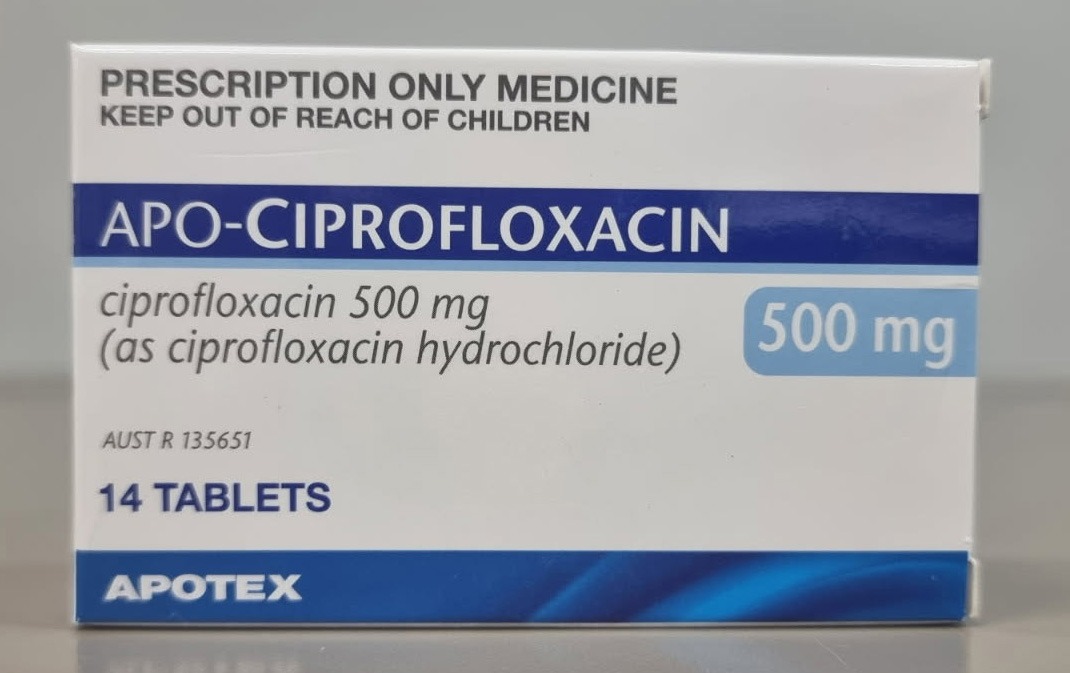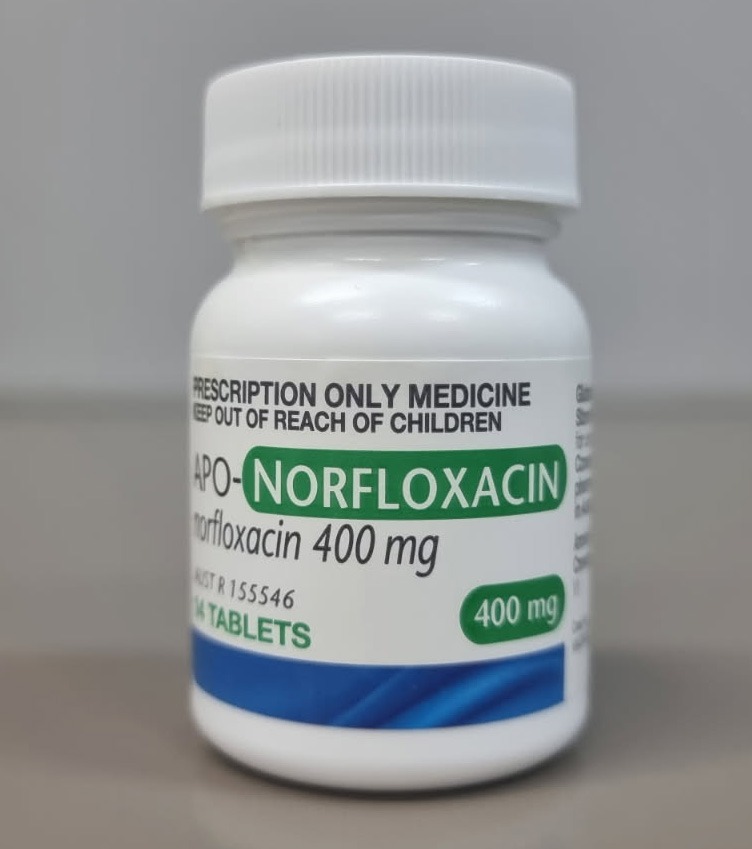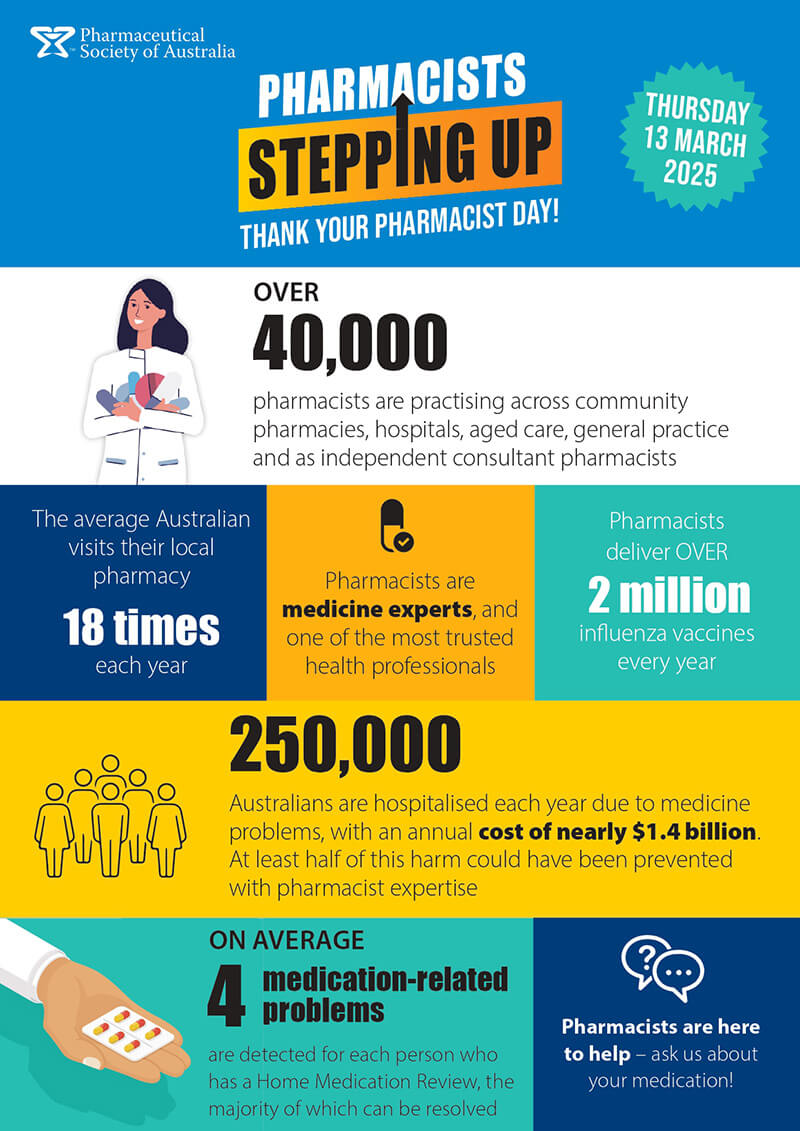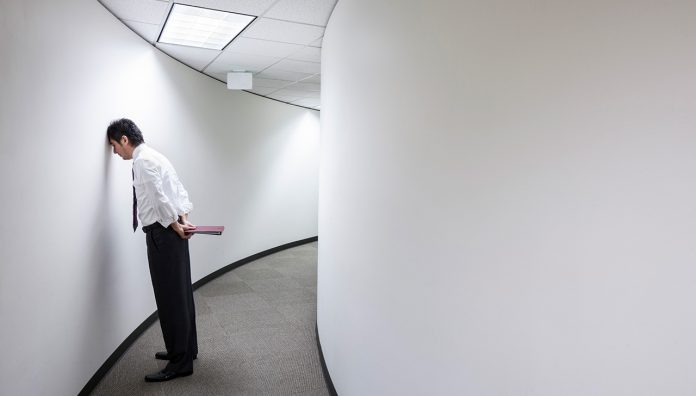It may be counter-intuitive for many pharmacists but self care should be your number one priority.
With medicines to dispense, vaccines to administer, customers to attend and a business to run, pharmacists often find themselves run off their feet, working through meals, and even delaying bathroom breaks.
But while patients’ needs are important, the wellbeing of pharmacists is integral to the healthcare system. Pharmacists’ Support Service (PSS) Executive Officer Kay Dunkley stresses: ‘As pharmacists we need to care for ourselves so that we can care for others.’
Common stressors
A 2018 PSS report, Managing Stress in Pharmacy,1 identified 20 common stressors and grouped them into four categories: psychosocial hazards, workload pressures, professional and commercial pressures, and professional satisfaction.
Psychosocial hazards
These include matters like professional safety worries when raising concerns, not recognising or learning from mistakes, working in a culture of blame, isolation and bullying, the PSS report stated.
Ms Dunkley added that of the 370+ calls to PSS last financial year, the majority were related to psychosocial hazards.
‘Two of the most frequent issues discussed with PSS were workplace relationships and managing issues in pharmacy which have legal implications,’ she said.
Workload pressures
Unpredictable or inconsistent workflow, lack of breaks or mealtimes, staffing levels, non-dispensing workload and dealing with challenging customers all contribute to workload pressures. PSA Victoria Branch committee member Taren Gill MPS said workload pressures were extremely common.
‘The main thing I hear – from early career pharmacists all the way through to seasoned pharmacists – is that there are just not enough hours in the day, or days in the week, to get jobs done, she said.
Professional and commercial pressures
Community pharmacists, in particular, face professional and commercial pressures such as management and business skill requirements, employment contracts and managing business viability.
Pharmacist and PhD candidate, Deanna Mill MPS, told AP that the ongoing conflict between providing patient care and maintaining a retail business was a ‘continual stress’.
‘The income for a store comes from dispensing and shop sales, not using our expertise to give medicines advice, which often leads to focus on dispensing because that’s what will pay wages,’ said Ms Mill. Her PhD research at the University of Western Australia is focussed on improving the professionalism of pharmacists.
Professional satisfaction
Not surprisingly, all of these pressures can feed into a general feeling of professional dissatisfaction. PSS listed key concerns around lack of professional empowerment, mundaneness of tasks and limited acknowledgement from patients and other health professionals.
Ms Mill added: ‘Frustration comes from not having the time to practice to our full scope and ensure each patient receives the advice and consultation they deserve.’
The 2017 National Stress and Wellbeing Survey of Pharmacists, Intern Pharmacists and Pharmacy Students found that only 45% of pharmacists were satisfied with their professional role, 42% were satisfied with their workplace environment and just 30% were satisfied with their workload.2
Impact on stress levels
Far from serving as trifling distractions, these factors have a quantifiable impact on pharmacists’ stress levels.
The stress and wellbeing survey found that the average pharmacist’s stress level (Perceived Stress Scale score=19.59) was higher than that of the general Australian population (15.5 to 16.4), but similar to that of other health professionals.2
Monash University’s Emeritus Professor Colin Chapman FPS co-authored the report and noted that stress levels varied considerably among pharmacists.
New graduates were most vulnerable to stress and a lot of that stress was related to work, he said.
In fact, intern pharmacists attributed 60% of their stress to the workplace. Pharmacists who were aged under 30, and/ or had less than 10 years of experience in the profession, reported the highest levels of stress (20.97).
Pharmacists with more than 40 years’ experience were the least stressed (15.56).
Improving wellbeing
There is clearly a strong case for improving the wellbeing of pharmacists and many individuals and organisations are taking steps to do just that.
Personal measures
For Ms Mill, the personal approach to improving wellbeing is three-pronged: have a lunch break, go home on time and debrief with colleagues when needed.
‘These are three things that I do every day. It’s important to realise that you can only perform at your best if you are at your best,’ she said.
‘So if we skip lunch or put off going to the toilet then our concentration fades and we become uncomfortable, making work harder and putting us at risk of errors and burnout.’
Maintaining a work/life balance is also important, Ms Mill said, so start by going home on time. ‘
You need time to spend with family and friends, go to the gym, eat out or binge on Netflix – to switch off from what is a mentally taxing job,’ she said.
On tough days, Ms Mill encouraged pharmacists to reach out to colleagues.
‘They can offer support or further insights. If there are no other pharmacists around, PSS is just a phone call away,’ she said.
PSS’s Ms Dunkley said helpline volunteers were pharmacists trained in crisis telephone counselling.
‘We’re there to help callers who are feeling stressed or frustrated – empathic listening is very valuable in a stressful situation, plus we can help clarify an issue and explore options,’ she said. ‘
We can assist callers to find the appropriate resources, whether that be the appropriate pharmacy organisation or government department to contact about a particular issue or how to find a psychologist if someone needs ongoing support.’
PSS also frequently advises callers to discuss a situation with their indemnity insurance provider.’
Ms Dunkley added that another way pharmacists could improve their wellbeing was by building professional support networks.
‘Networking at conferences or events or through a special interest group is valuable,’ she said. ‘
Many early career pharmacists have support networks through social media, for example the PSA Early Career Pharmacists’ Facebook group is a great way to share information and get feedback.’
Organisational initiatives
Monash Health is one employer that has recently taken a concerted approach to improving pharmacists’ wellbeing.
At an organisational level, it partnered with the Black Dog Institute to develop staff fact sheets and education resources on managing stress and building resilience.
For its cohort of 300+ pharmacists, Monash Health has prioritised role clarity and support provision, said Director of Pharmacy, Associate Professor Sue Kirsa.
‘The most important thing for our pharmacists and support staff is that they have role clarity and are equipped to perform their roles, have a manageable workload and they know who to escalate their questions and concerns to,’ she said.
’Our focus has been on redesigning our pharmacy leadership structure to provide clarity about roles, responsibilities and reporting lines. We have also provided clarity around career structure and criteria for advancement.’
The drive to improve wellbeing has also involved accommodating requests for flexible working hours during and after career breaks, said A/Prof Kirsa, and ensuring that team members felt heard.
‘To this end, summaries of action taken for reports of bullying and harassment are accessible to our teams so they know, in general and de-identified ways, that action has been taken,’ she said.
So far, this wide-ranging approach to improving wellbeing seems to be working.
‘In a recent annual staff satisfaction survey our results in the pharmacy team were pleasingly more positive than negative, and more positive than in previous years,’ A/Prof Kirsa said.
Education
Gaps in education and training were also identified in the 2017 National Stress and Wellbeing Survey of Pharmacists, Intern Pharmacists and Pharmacy Students, which asked respondents whether they had been prepared for workplace-related issues at university or during intern training.
It found: ‘The prevalence of training was low: a consistent finding was that the majority of respondents, and in some cases more than two thirds of them, reported nothing had been provided for them prior to, and during their time in the workplace’.2
Report co-author Emeritus Professor Colin Chapman, said that on the few occasions that training was provided it was viewed as being successful.
Part of education and training needs to be exposure to work pressures as early in the course as possible so students aren’t being churned out from university without any idea of what lies ahead,’ he said.
Some undergraduate pharmacy courses, including those offered at the University of Sydney and the University of Queensland, have introduced placements and fieldwork as early as first year.
The PSA’s Intern Training Program,3 meanwhile, helps pharmacy students secure an intern placement and provides local support and easy access to skilled training officers and educators throughout. PSA also offers a mentoring program, resource hub and Connect ME speed mentoring.4
Policy reform
The link between job satisfaction and wellbeing has been clearly established.5
As such, one of PSA’s key focuses is on driving the policy reform required to boost pharmacists’ job satisfaction. The recent Pharmacists in 2023: Roles and Remuneration report6 established a framework for achieving that.
It examined the current roles of pharmacists working in six different areas: community, hospital, general practice, residential aged care, Aboriginal health service and credentialed pharmacists.
Key proposed changes included increasing prescribing and collaborative prescribing roles, expanding medicine safety roles, increasing vaccination and medicines administration roles, greater autonomy and access to health information, and embedding pharmacists in patient care teams. The report also envisioned that newer roles (general practice, aged care and Aboriginal health service pharmacists) would become the norm by 2023.
In detailing future remuneration, the report stated that pharmacists’ pay should range from $80,000 to $100,000 excluding superannuation (or $38.30–$47.90/hour) for foundation level generalist pharmacists; for pharmacists with more than five years’ experience in a defined area of advanced practice remuneration should be $140,000 or more ($67.05/hour).
Fully implemented, these systems changes will ensure that by 2023 patients benefit from pharmacists operating as established and regular members of the health team, practising to full scope and appropriately recognised and remunerated for their training, skills and expertise and the impact they have on health care, the report stated.
In the meantime, Ms Mill has encouraged pharmacists to take action – be it personal or collective action – to improve wellbeing.
‘Ultimately, we need to look after our own wellbeing first. There’s no doubt that we work our best when we feel our best, and vice versa, she said.
‘So get involved in advocacy if there are particular areas you want to see change.’
Physical wellbeingSpending long days on your feet can take a toll on your body. Key risks for pharmacists are developing lower back pain and circulation issues, said chair of the Australian Physiotherapy Association’s Occupational Health Physiotherapist Group, David Hall. Here are his five top tips for pharmacists’ physical wellbeing: Take a seat ‘Prolonged standing is the biggest challenge pharmacists face so you need to break that up,’ Mr Hall said. ‘Ideally sitting breaks should be taken every 30 minutes for a few minutes at a time. This lets your muscles relax and moving your legs while you’re sitting down promotes circulation. Keep fit ‘If you’ve got good core strength and you’re quite fi t then it will be much easier to stand up all day,’ Mr Hall said. ‘So engage in some regular exercise that you like – because if you find exercise fun and enjoyable then you’ll tend to stick with it.’ Back stretches ‘Do some stretches every morning where you’re lying on the ground, rolling your legs side-to-side and stretching your knees to your chest,’ Mr Hall suggested. ‘Also there’s a ‘slump stretch’ that you can do in the workplace – sit down on a chair and bend forward gently to give your back muscles a nice stretch. Leg stretches ‘During the day, do calf stretches fairly regularly – just lean against a bench with your foot pointing forwards and stretch your calf muscles out,’ Hall instructed. Also do some heel-toe rocks to keep circulation flowing in your lower legs.’ Consider ergonomics A lot of pharmacists work on common computers so having some sit-to-stand computer stations that are really easily height adjustable is helpful,’ Mr Hall said. ‘Make sure storage areas are really smartly laid out so that you’re not bending or twisting to get to frequently used items’ |
Stress in hospital pharmacyToo much work to do and not enough hours in the day – hospital pharmacists, like community pharmacists, contend with significant workload pressures. While hospital pharmacists may not face the same commercial pressures as community pharmacists do, they’re more likely to be undertaking shift work and grappling with different workplace relationship dynamics. ‘Being heard in multidisciplinary teams is a continuing challenge,’ pharmacist and PhD candidate Deanna Mill said. ‘Pharmacists are often the last to know of discharge plans for a patient and as a result pharmacy is often blamed for “holding up” discharge.’ Physical and verbal aggression could also exacerbate stress, said Monash Health Director of Pharmacy, Associate Professor Sue Kirsa. ‘Recent public campaigns focusing on occupational violence and aggression, as well as a focus on management of physical and psychological safety at work, have gone some way in reassuring our team,’ she said. The support and career development opportunities available to hospital pharmacists vary greatly depending on funding arrangements, said the Chief Executive of the Society of Hospital Pharmacists of Australia (SHPA), Kristin Michaels. ‘Larger public hospitals often provide greater opportunity to specialise, engage in multi-disciplinary teams and participate in peer education activities,’ she said. ‘Hospitals in regional areas frequently report difficulty in recruiting pharmacists, which naturally increases pressure on existing staff and can have an impact on pharmacists’ wellbeing.’ Despite these stressors, Ms Michaels pointed to recent Australian research which found that hospital pharmacists were more satisfied with their professional role than those in community settings. Dissatisfaction with workload, hours worked and workplace environment were not significantly different.2 Ms Michaels recommended SHPA wellbeing initiatives including its two-year foundation residencies7, its practice network with 27 specialty streams8, mentoring program9 and Wellness at Work webinar series. Stress in hospital pharmacy Too much work to do and not enough hours in the day – hospital pharmacists, like community pharmacists, contend with significant workload pressures. While hospital pharmacists may not face the same commercial pressures as community pharmacists do, they’re more likely to be undertaking shift work and grappling with different workplace relationship dynamics. ‘Being heard in multidisciplinary teams is a continuing challenge,’ pharmacist and PhD candidate Deanna Mill said. ‘Pharmacists are often the last to know of discharge plans for a patient and as a result pharmacy is often blamed for “holding up” discharge.’ Physical and verbal aggression could also exacerbate stress, said Monash Health Director of Pharmacy, Associate Professor Sue Kirsa. ‘Recent public campaigns focusing on occupational violence and aggression, as well as a focus on management of physical and psychological safety at work, have gone some way in reassuring our team,’ she said. The support and career development opportunities available to hospital pharmacists vary greatly depending on funding arrangements, said the Chief Executive of the Society of Hospital Pharmacists of Australia (SHPA), Kristin Michaels. ‘Larger public hospitals often provide greater opportunity to specialise, engage in multi-disciplinary teams and participate in peer education activities,’ she said. ‘Hospitals in regional areas frequently report difficulty in recruiting pharmacists, which naturally increases pressure on existing staff and can have an impact on pharmacists’ wellbeing.’ Despite these stressors, Ms Michaels pointed to recent Australian research which found that hospital pharmacists were more satisfied with their professional role than those in community settings. Dissatisfaction with workload, hours worked and workplace environment were not significantly different.2 Ms Michaels recommended SHPA wellbeing initiatives including its two-year foundation residencies7, its practice network with 27 specialty streams8, mentoring program9 and Wellness at Work webinar series. |
TrainingTo help address many day-to-day stressors that pharmacists face, PSA’s CPD catalogue includes these courses:
|
References
- Pharmactists’ Support Service. Managing stress in the pharmacy 2018. At: supportforpharmacists.org.au/images/managing-stress-in-pharmacy-au-2018.pdf
- Chapman C, Wilson S, Wilson D. National Stress and Wellbeing Survey of Pharmacists, Intern Pharmacists and Pharmacy Students. 2017. Monash University Library. 3. PSA. Intern Training Program. At: psa.org.au/programs/interns/#1530668538882-c610d417-92f7
- Mentoring resource hub. At: www.psa.org.au/programs/mentor/
- Sironi E. Job satisfaction as a determinant of employees’ optimal well-being in an instrumental variable approach. Quality & Quantity 2019;53(4):1721–42. At: ideas.repec.org/a/spr/qualqt/v53y2019i4d10.1007_s11135-019-00835-3.html
- Pharmacists in 2023: roles and remuneration. 2019. At: www.psa.org.au/wp-content/uploads/2019/07/PSA-Roles-Remuneration-in-2023-V3_FINAL.pdf
- Foundation Residency Program. At: www.shpa.org.au/residency
- Specialty Practice. At: www.shpa.org.au/specialty-practice
- Mentoring Program. At: www.shpa.org.au/mentoring










 This article was sponsored and developed in collaboration with PSA and Carers NSW[/caption]
However, pharmacists may perceive medication errors or non-adherence as a carer’s inability to fulfil this role,
This article was sponsored and developed in collaboration with PSA and Carers NSW[/caption]
However, pharmacists may perceive medication errors or non-adherence as a carer’s inability to fulfil this role,




